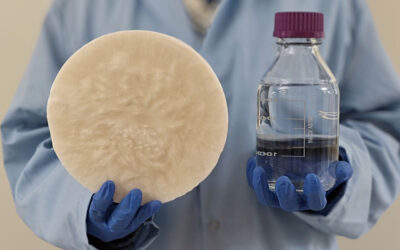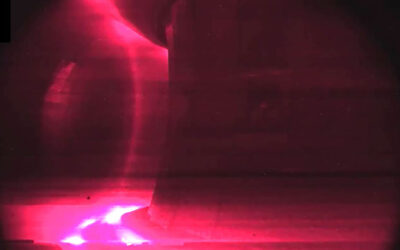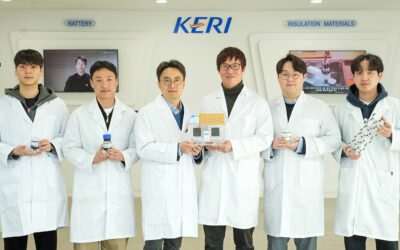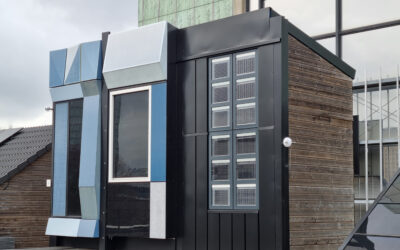A University of Houston engineering researcher and his team have received additional funding from the U.S. Department of Energy (DOE) for a wind energy project that involves using superconducting wire to generate and transport electricity.
The project, led by Venkat “Selva” Selvamanickam, M.D. Anderson Chair Professor in UH’s mechanical engineering department, received an accelerated grant extension along with a $900,000 increase from the DOE’s Advanced Research Project-Energy (ARPA-E).
Selvamanickam’s research team is working on developing wind turbines that use superconducting wire to generate and transport electricity, which would allow for more efficient and more affordable units. Superconducting materials carry electricity without any electrical resistance, resulting in no energy lost during transport.
His collaborators include SuperPower Inc., the DOE’s National Renewable Energy Laboratory, Tai-Yang Research and TECO-Westinghouse Motor Company.
Superconducting materials carry electricity without any electrical resistance, resulting in no energy lost during transport. However, wind turbines generate magnetic fields, which results in magnetic flux lines – essentially the pull of magnetism – running through and moving within superconducting wires. These flux lines interfere with the wires’ ability to transport electricity, lowering its performance.
The ultimate goal for the three-year project is to improve the performance of superconducting wire used in wind turbines by 400 percent. The research team was awarded $2.1 million for the first 18 months of the grant period, set to end in June 2013. At that point, a review of their progress would have determined whether the team would get the final $1 million to continue its work.
But researchers achieved impressive results just nine months into the grant. While they were aiming for a 50 percent improvement by the end of this year, they hit the 65 percent mark by the end of September.
The impressive results prompted ARPA-E administrators to release the final $1 million ahead of schedule and also award an additional $900,000 to the project.
“They saw the progress we made in the first three quarters,” Selvamanickam said. “They said that rather than wait until June of next year to make a decision, they would give us a performance-based acceleration of the award. Not only that, they actually found more funds, so they increased the total project to $4 million.”
The extra funding, he said, will allow the group to accelerate its research and bring more people into the research team via graduate student and post-doctoral positions.
“This is something I feel very happy and proud about,” said Selva. “Just getting funding is a good thing, but to get funded based on performance, on what you’ve achieved, is very gratifying.”
Source: University of Houston
















